
Photo by Daniel Thomas on Unsplash
Hashnode: A home for my blog
wordpress -> JAMstack(hugo, gatsby, ghost) -> wordpress(again) -> hashnode
A few days ago, I discovered Hashnode, a blogging platform and community for tech folks to share knowledge and ideas.
From a quick glance at the homepage, it seems like the dream platform for tech writers. All you have to do is to focus on writing content, while Hashnode takes care of everything else:
Own your content
No ads or paywall
Reach a wide audience
Built-in analytics and various integrations
Easy authoring with markdown
SEO
Custom CSS
Backup with GitHub 😎
Article series 🤩
Built-in newsletter 🤩
Bonus: Built on Next.js, powered by Vercel 😎
These alone piqued my interest, and I signed up for an account to give it a try.
History of my website
Wordpress I created my website sometime in 2016. I chose WordPress, self-hosted on Digital Ocean because I wanted to focus on writing only while retaining full ownership of my content.
JAMstack Shortly after, JAMstack became a popular way of managing blogs because there are no more servers involved in the stack, eliminating costs, and improving the performance and security of websites.
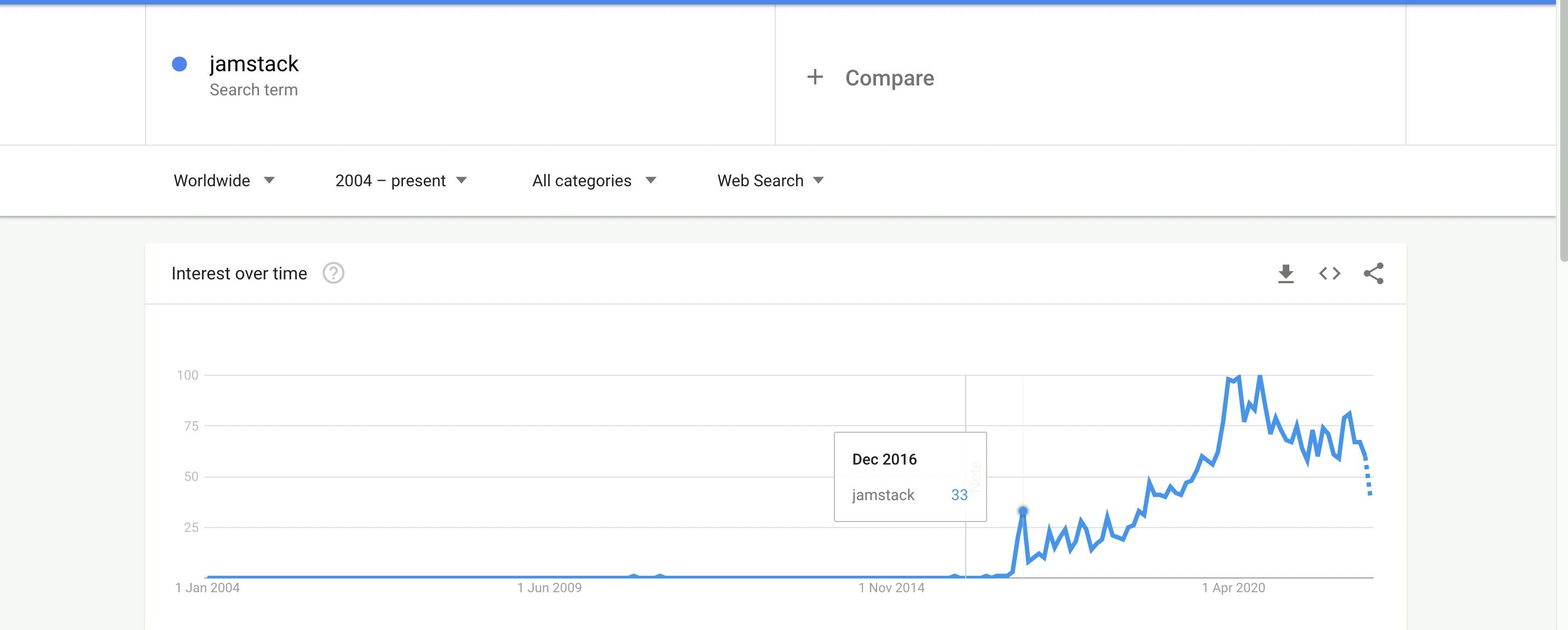
So, I experimented with Static Site Generators(SSG) like Hugo which is based on Go, Gatsby which is based on React. The developer in me found it fun to have full control in deciding how the content is stored and shaping the user experience.
However, the excitement died off quickly as I drifted away from my initial goal and found myself spending more and more time customizing layouts, adding social sharing integrations, SEO, analytics, image compression, etc
Ghost So, I switched to self-hosting Ghost. It offers a clean writing experience, with cards for rich media and great out-of-the-box SEO.
Later on, I experimented with downloading a local copy of the website and hosting it as a static site on Netlify, in the spirit of JAMstack.
It was almost perfect, except I found myself having to dive into customising the theme to add basic features like social links, breaking my rule of wanting to focus on writing again.
Back to wordpress
So, I moved my website back to wordpress and lived with the plugin life.
To Hashnode
Finally, my website ended up on Hashnode. Hashnode solves all the problems that I have faced previously and really allows me to focus just on writing while allowing me to own my content.
I used this guide to migrate my website from Wordpress to Hashnode. It is simple, except for image handling - I have to manually upload them one by one. 😢
A tour of Hashnode
Home feed
The home feed is in a three-column format, similar to DEV. There's a navigation bar on the left, a main content block in the center, and a utility column on the right.
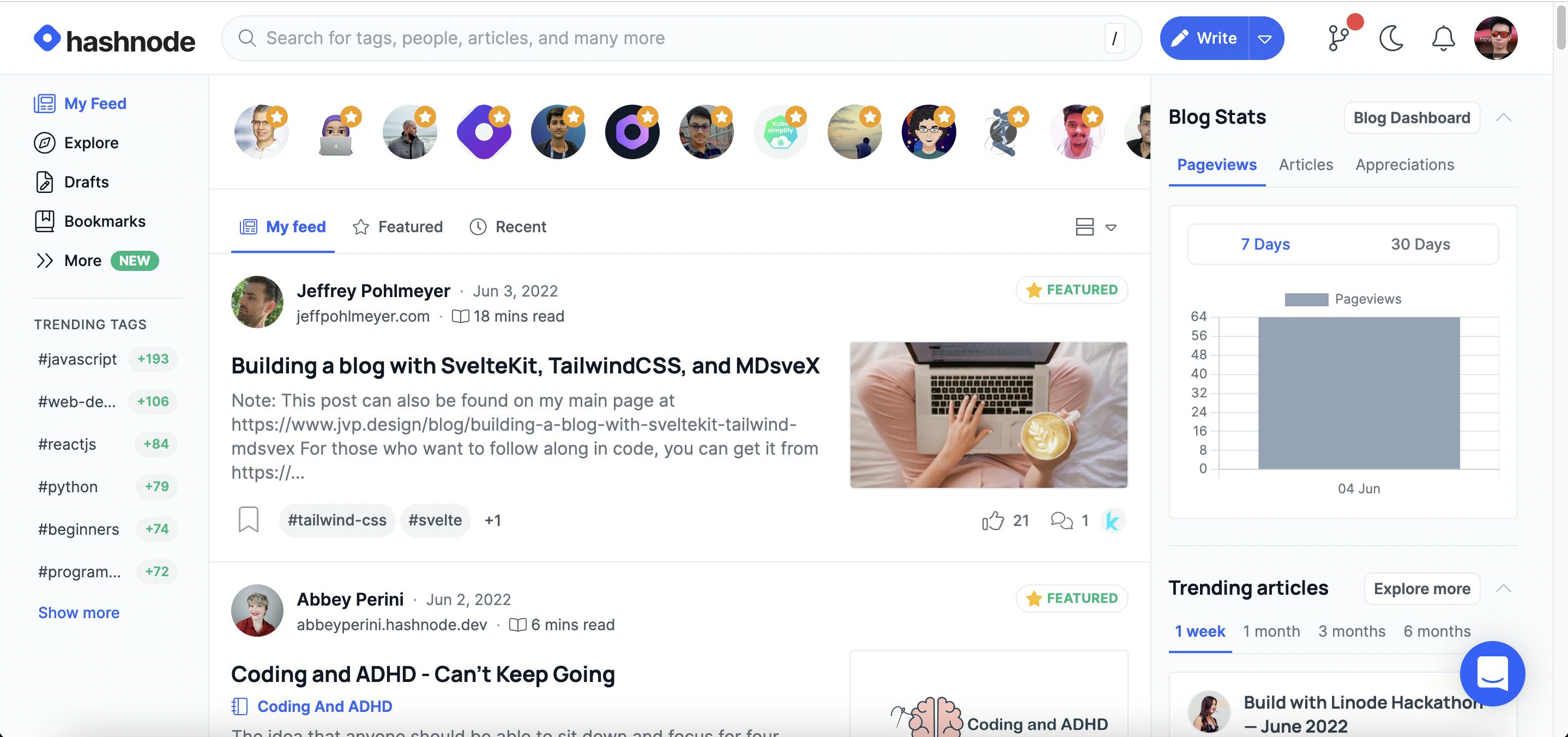
Editor

The editor provides a clean, distraction-free space to write your content, much like Ghost did. It supports standard content tools such as links, code snippets, and images.
Settings flyout
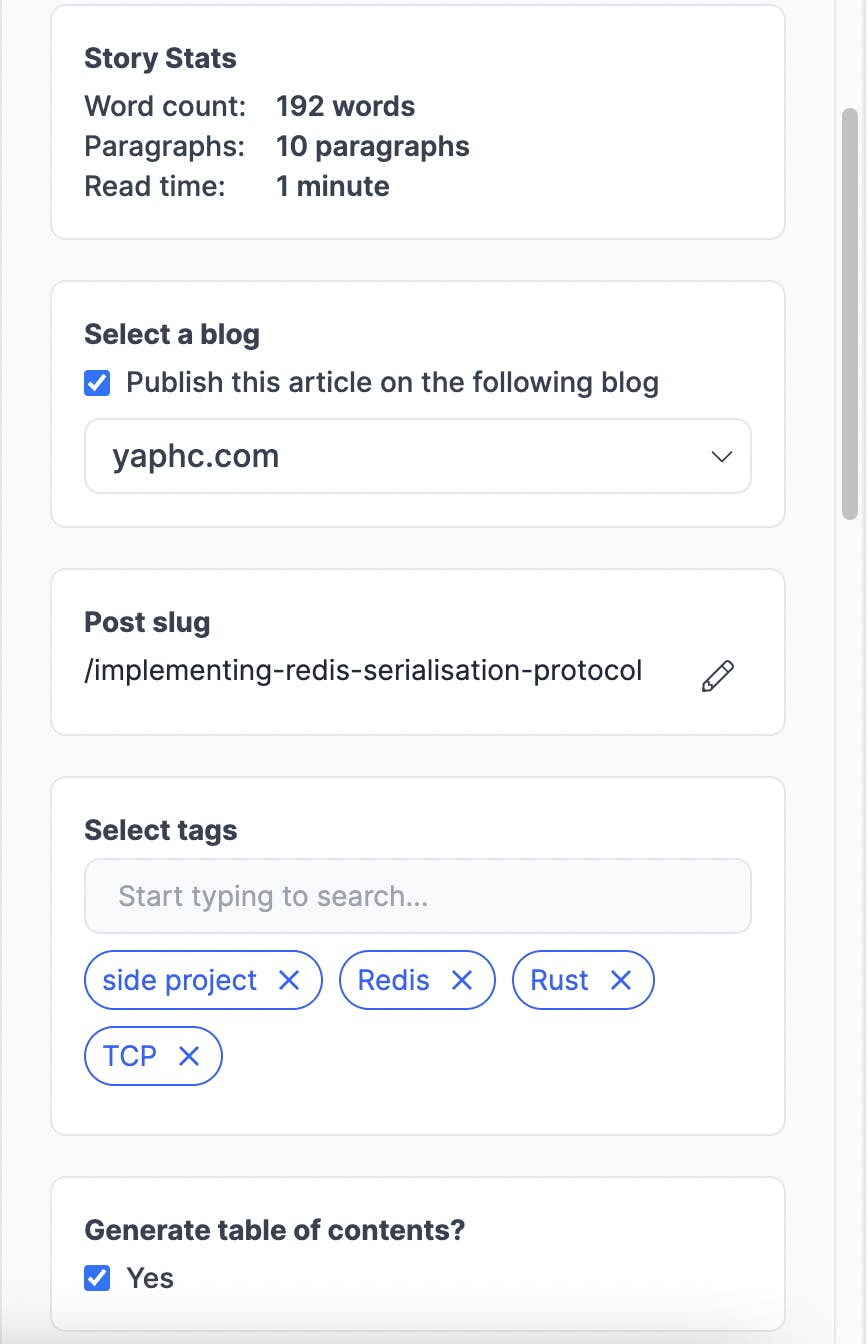
Clicking the "..." and "Settings" at the top right will open the settings flyout on the right side. Here, you can adjust various settings to get ready for publishing. I especially like the feature that auto-generates a table of contents.

Skipping ahead, you can also schedule your article, backdate it, hide comments, and hide the article from the community.
Hashnode does a great job of using built-in analytics to help you choose the best day to publish your post. 👍
Dashboard
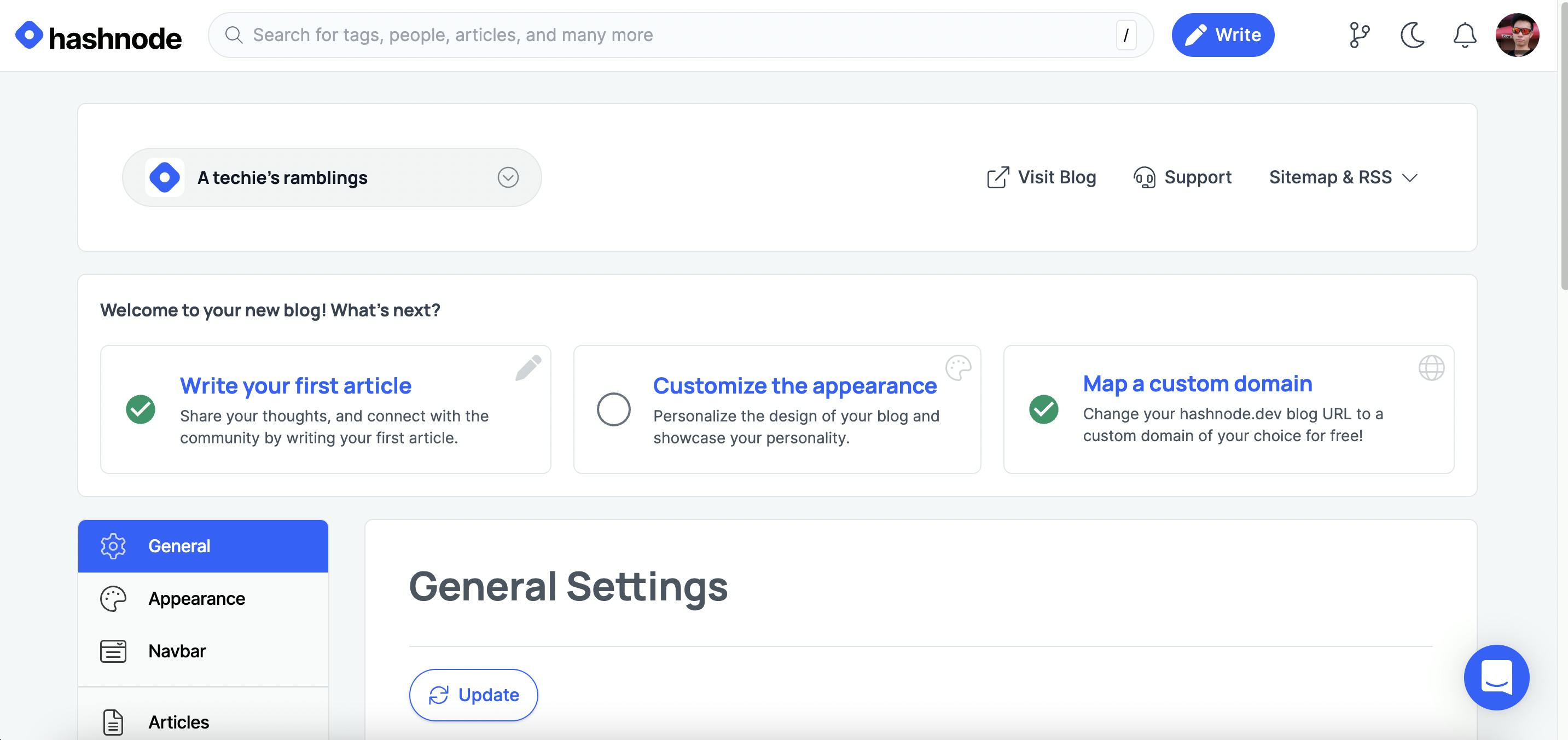

On the dashboard page, there is a general navigation bar on top, a call-to-action hero section, and the main navigation bar on the left which is grouped according to their functions.
This page is one of my favourite parts of Hashnode. It has all the essential batteries included in a content-sharing platform.
For authoring, I can write drafts and articles, create a static page, create a series and add articles under it.
It has great built-in analytics, with an even greater advanced analytics page which is currently in beta.
I can embed elements from various platforms by defining them as widgets, and integrate them with services like google analytics, hotjar, web monetisation. There is even a newsletter service out of the box! 🤩
I can also set a custom domain, backup content to Github, export data, and more.
Analytics
Now, let's look at the amazing analytics page.
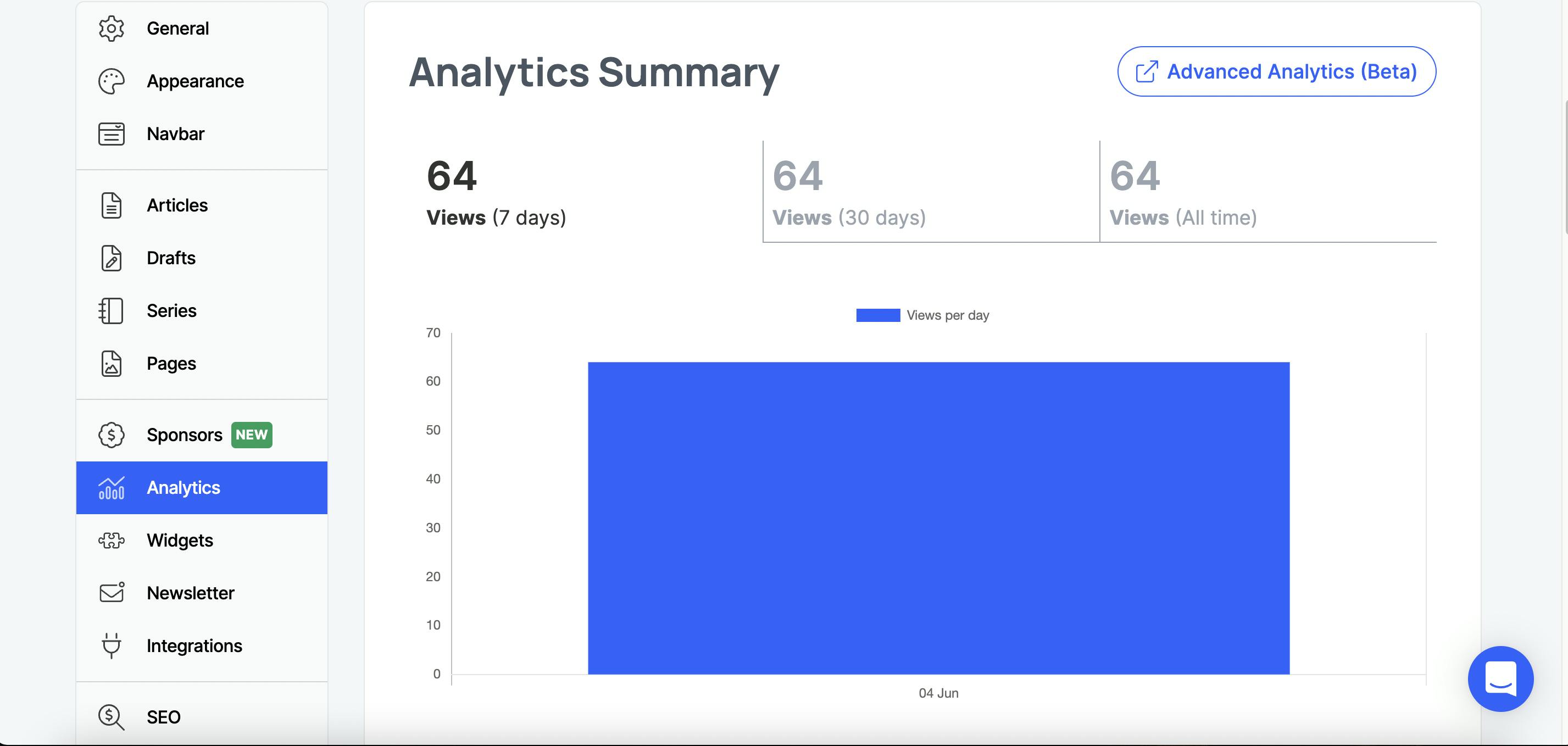

At the top is a summary of the number of views over a period of time. As I have just started on Hashnode yesterday, there is data only for 4 June 2022. Scrolling down, you can see the number of views, comments, and reactions to your articles in reverse chronological order.
Advanced analytics
This is where analytics gets even more awesome.
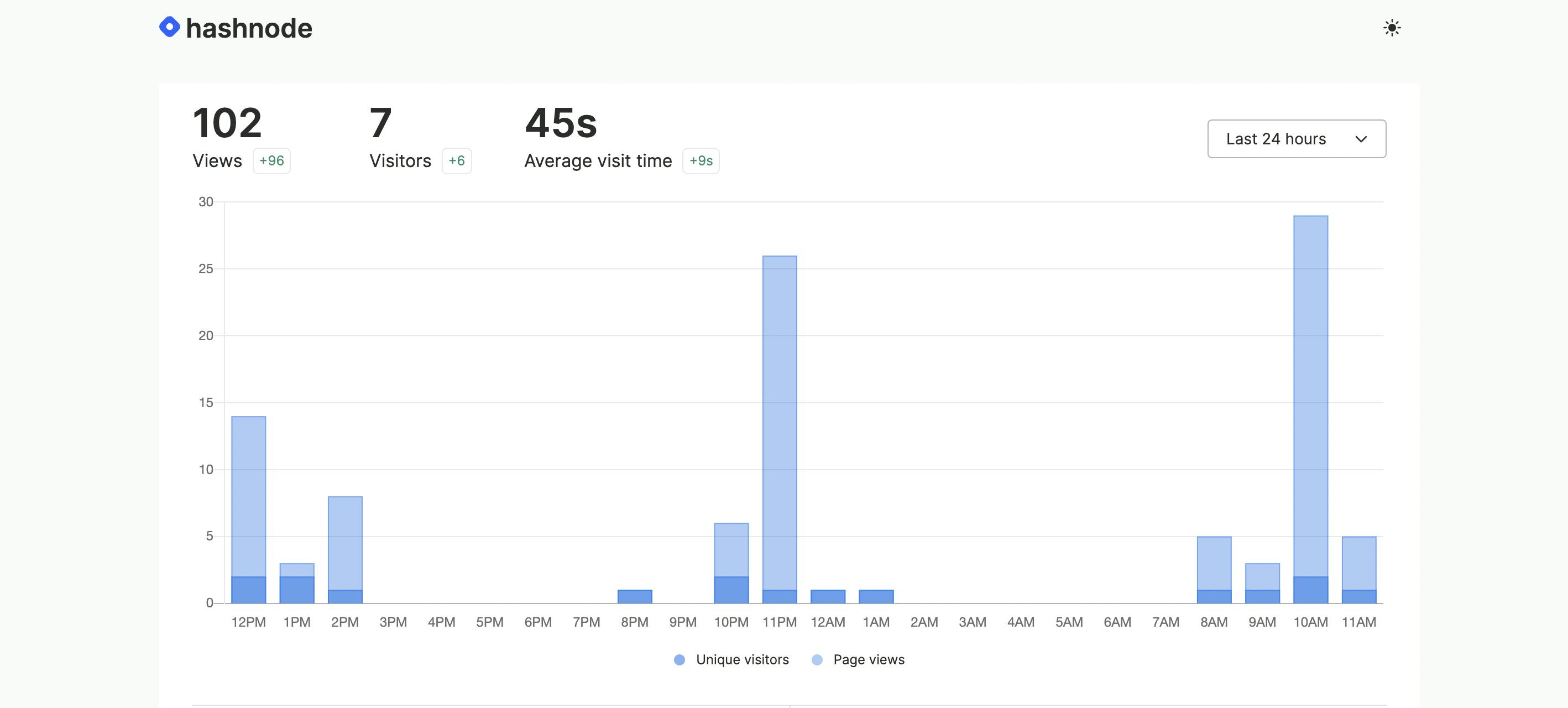
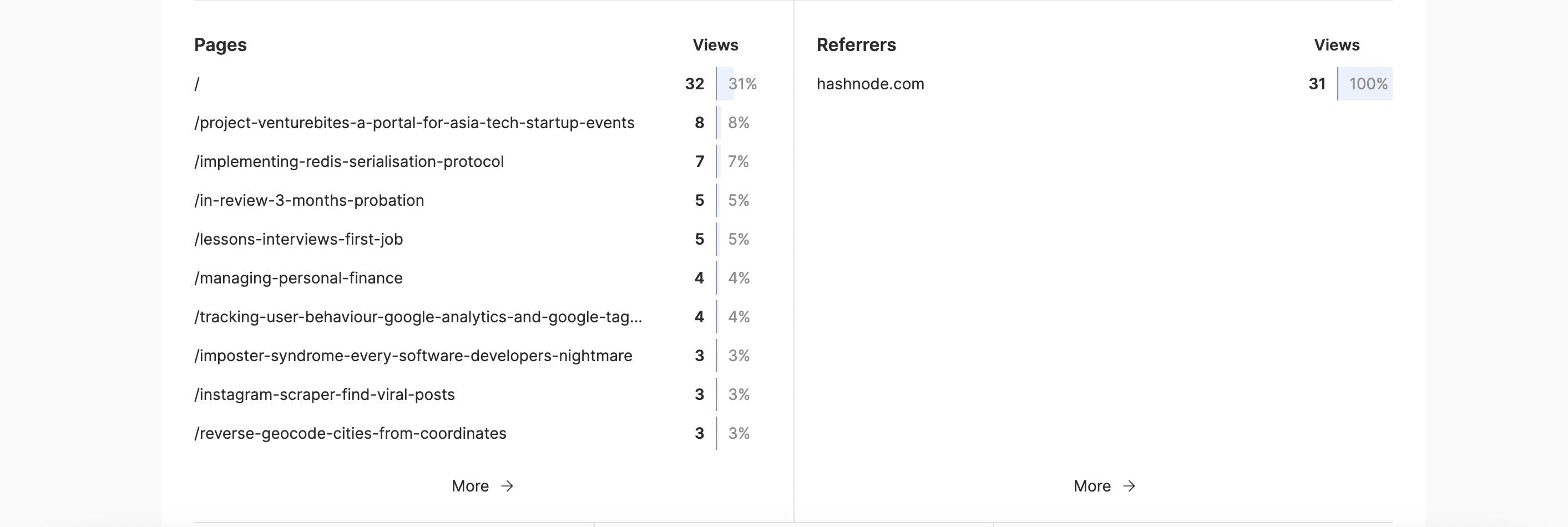
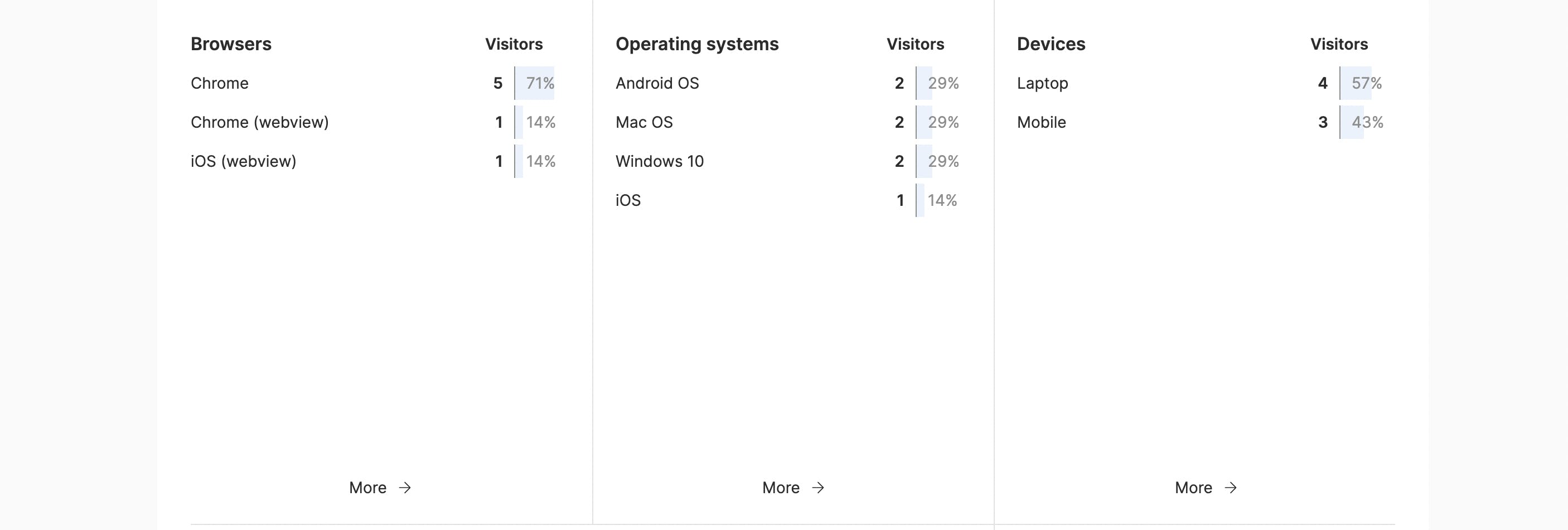
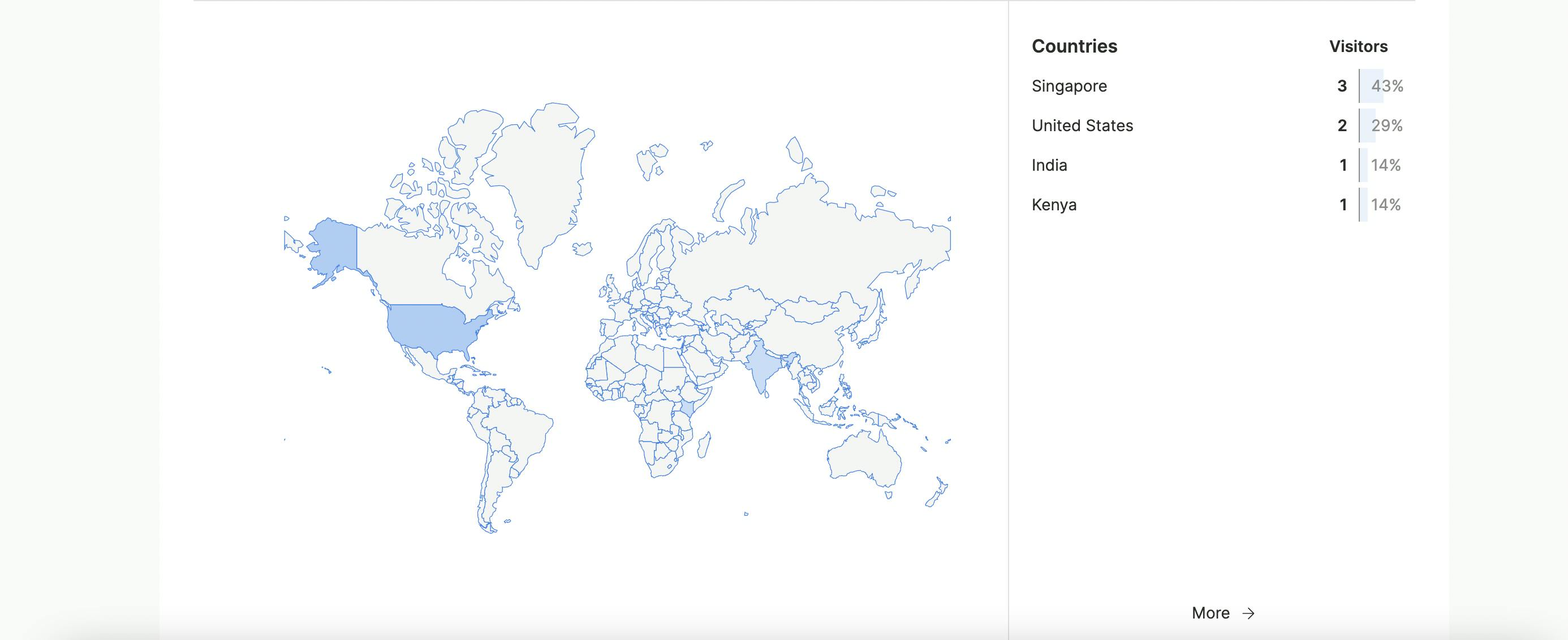
You can see the number of visitors within a date range, by page, traffic source, browser, device, and operating system. Although it is not a full-fledged analytics service like Google Analytics, the important data points are presented in a simple UI and are easy to understand.
Article view
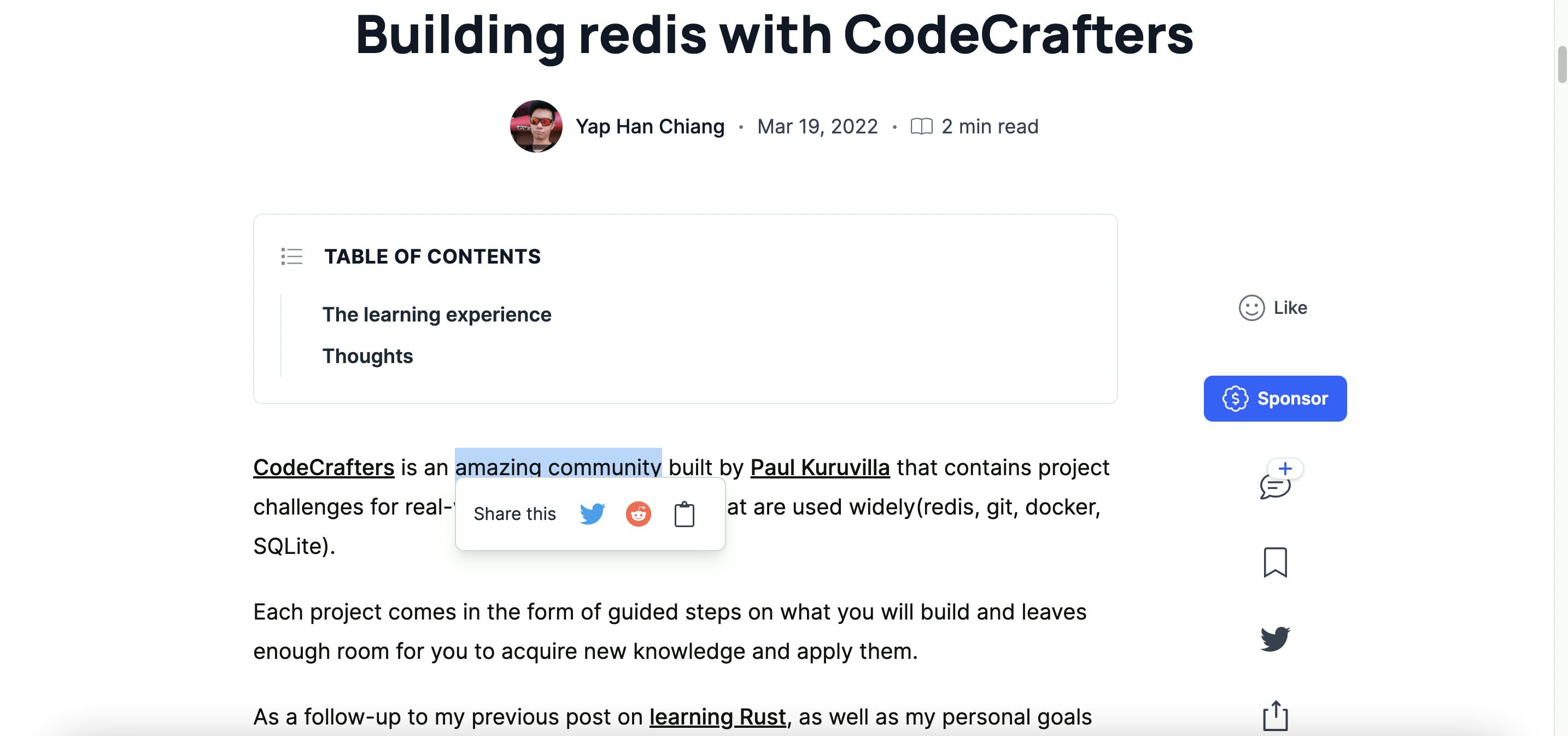
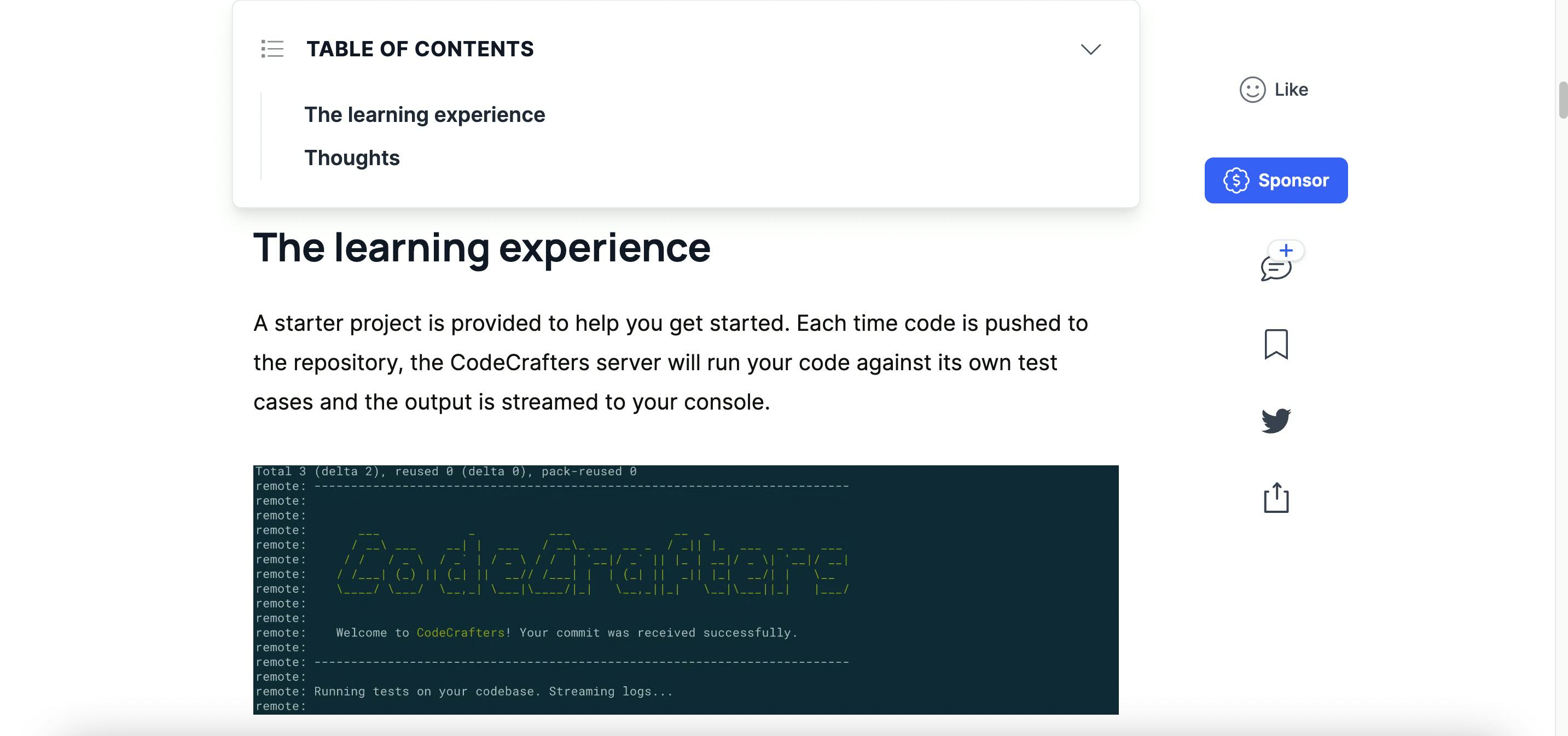
The reading experience is great too. The article page has two columns: a main content block that is centered, and a right sticky bar for reactions and social sharing.
The table of contents is displayed neatly at the top, indented according to the headings.
As you scroll down, the table of contents sticks to the top of the page, allowing you to easily navigate to a particular section. No more scrolling up and down. This is a win for content discovery and can save a lot of time if the article is long.
There is also a handy feature that lets you select text and share it on social media.
Run out of ideas? Request for articles comes to the rescue!
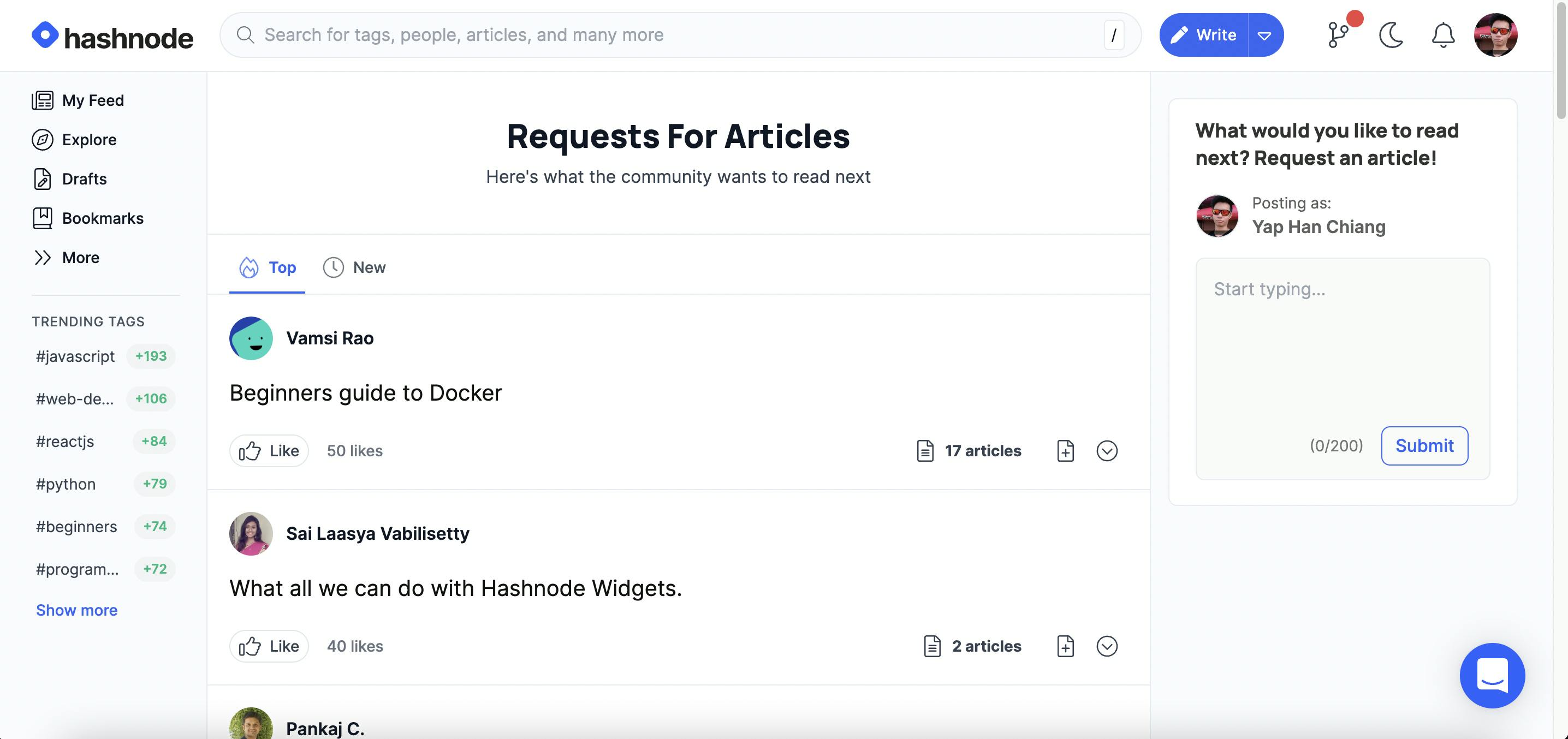
One of the biggest problems writers face is coming up with ideas.
Hashnode has a useful feature called Request For Articles (RFA). It's a page where people request articles on various topics, and writers can use these requests for content ideas. Even better, after you write an article for a specific RFA, you can add the link to your article, and it will be attached to the RFA.
This crowdsourcing of content is a great way to generate interesting ideas and keep the community engaged.
Documentation
Every developer appreciates a well-written documentation. The documentation is well organised, making it easy to search for anything you are looking for. Again, a plus point for content discovery. 👍
What could be better
Editor preview page
If you scroll back up to the Editor section, you can see that there is a preview tab that allows you to see what your article looks like.
The preview is rendered in the same content block as the article, resulting in excessive scrolling up and down to switch between writing mode and preview mode.
It would be great to have the preview mode as a flyout instead of being rendered in the same content block as the article so that writers won't have to scroll all the way up to switch mode, scroll down to look at the rendered content, and repeat them over and over again.
Published/updated content not displayed when the back button is clicked
I noticed that after updating an article and returning to the editor page by clicking the back button, the changes did not appear. Instead, I saw the old content. However, after refreshing the page, the changes were visible.
I found out about this when I updated an article, such as checking the auto-generate table of content, returning to the editor page, making some other changes, and realised that the table of content disappeared.
This may not a big issue but could be frustrating if a huge update was made, only to be overwritten by another small update.
Newsletter ended up in junk mail
I tried out the newsletter service, which is really simple to use. All I have to do is to flip a toggle, and the newsletter subscription box shows up on the website.
However, the newsletter ended up in the junk mail for hotmail. 😢 For Gmail, it shows up in the inbox as expected.
Summary
After just 1 day of using Hashnode, I can say that I really enjoy using it. It takes care of everything, allowing me to focus on just the writing part.
Note that at this point of writing, Hashnode has been running for around 2 years, and has raised $6.7M in the series A round on 18 August 2021.
As of now, they are still in the growth phase in which the focus is on building and expanding the core product, not on monetisation.
After the platform has reached a certain level of maturity, the focus will shift toward profitability. Let's see if they will continue to support all the existing features or put some of them behind a paywall.
I hope the team continues to do well, just as they have been, and that I can use this platform for a long time.
Join me
If you like what you see about Hashnode so far, you can sign up referral link.
I do not earn a commission for referrals, but I will be able to qualify for the ambassador role that provides perks like access to beta features, converting articles into audio, etc.
